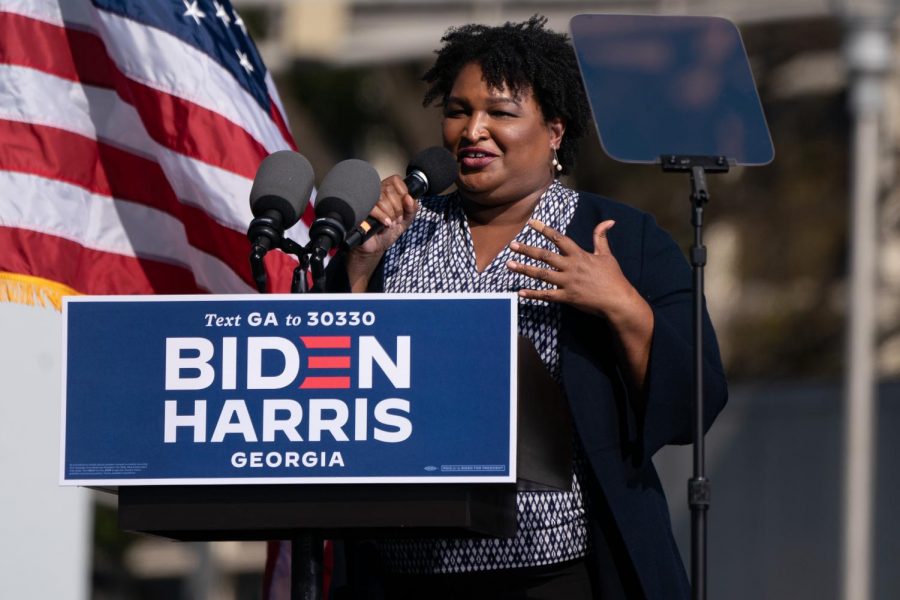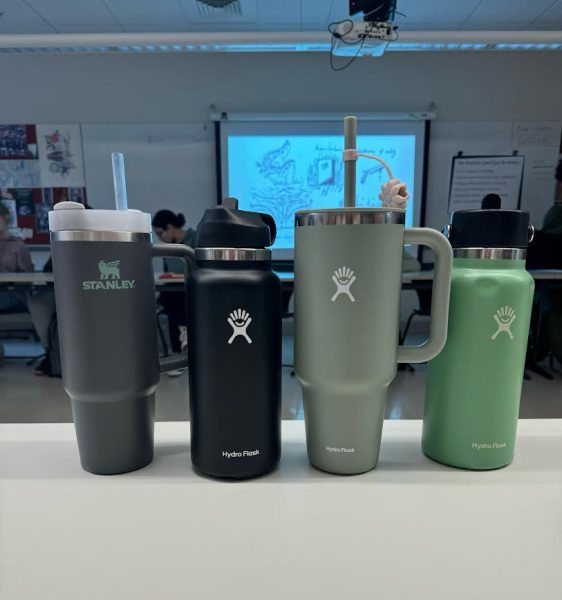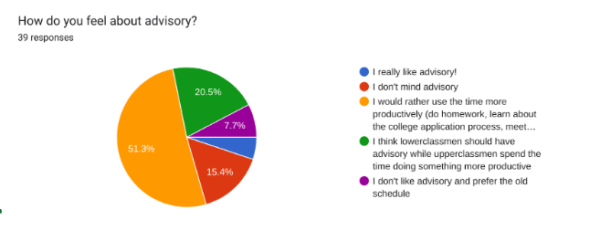What Turned Georgia Blue?
Back in February, I told my friends that Georgia would be a swing state in the presidential election. Their responses were, “You are crazy” and “Are you on drugs?” Now I’m not going to lie, I was a tiny bit surprised myself, but not really, as I saw the big win coming. There’s a reason that the Democrats won Georgia but not Texas, Iowa, Ohio or North Carolina. The first major indicator of the Dems taking Georgia was the 2018 Gubernatorial race between Stacey Abrams and Brian Kemp. Abrams was the first ever African-American woman in the US to win a major party’s nomination for governor when she won the Democratic nomination. The race was set to be a historic one, and it sure was. Abrams lost by fewer than 55,000 votes, making it the closet race for governor in the state since 1966.
The only reason that Brian Kemp won was for one plain and simple reason. He stole it. As Secretary of State, in charge of Georgia elections, between 2012 and 2018, Brian Kemp oversaw the cancellation of 1.4 million voter registrations. 700,000 were cancelled alone in 2017, and on one night in July of 2017, 500,000 were cancelled. Usually voter registrations are cancelled when a voter passes away. Unless an asteroid hit the Atlanta metro area in 2017 that I didn’t know about, there is no way that 700,000 people died in Georgia in 2017. But in Georgia if you don’t use it, you lose it. If you don’t vote in enough elections, you will become unregistered; this practice is a highly debated one and one that many oppose.
In October, right before the election in 2018, 50,000 mostly minority voters were cut from the logs. Brian Kemp was allowed to control the election he was running in. People told him to resign before the election, including former president Jimmy Carter. A few days before the election Brian Kemp accused the state’s Democratic Party of hacking the state’s voter logs and carrying out actions to subvert the election, a claim which had very little evidence backing it up. There were also hundreds of others of examples of voter suppression like lying about the day of the election to hurt turnout, and telling people they could vote for them (voting by proxy), which they can’t. If an African-American female can come within 55,000 votes of victory under an election that was teeming with corruption, I knew that Joe Biden, an older white male, had a shot at winning Georgia.
Since I made my prediction in February, three more signs came up that were very positive towards a Democratic victory in the state. The first sign was in June, during the Demoractic primary in Georgia. Voters waited several hours to vote, lining up socially distanced in folding chairs before sunrise, hours before the polls opened. Even though the election was plagued by massive issues, the presidential primary in the state saw just upwards of 1 million votes cast, blowing the 2016 turnout out of the water, which was around 763,000. Joe Biden also swept that primary, winning 85% of the vote and Sanders getting 9.36%. The key takeaways from this election were that voters were willing to turn out in the middle of a pandemic and the support for Joe Biden was clearly present among the state’s Democrats.
The second was the early voting turnout and excitement in the state in the weeks leading up to the election. There were huge voter turnout projects undertaken in the state, with projects like “Stroll to the Polls” which was led by members of African American Sororities, and one named Fair Fight which is led by Stacey Abrams, which aims to make elections freer and fairer. Early voting lines, hours long, filled with all walks of life, crisscrossed the state from the Mercedes-Benz Stadium in Atlanta to rural town halls, and the energy towards the election was clearly present.
The last and crucial sign is something that might not be so obvious. On Election Day, many Georgia voters showed up to their polling locations and found something quite odd, at least for Georgia. There was no line! Voters reported being in and out in under 10 minutes. Now why is this important? Georgia has been accused of using polling location closings, and using last second time changes to suppress votes. No long lines on Election Day meant many things. It first meant that turnout was huge, second it meant voter suppression by way of polling location closing would be at a minimum and Election Day voting would be much safer as we are in the middle of a pandemic.
In the end, the voters of Georgia delivered the state to Joe Biden even after a recount. Whether or not Georgia stays in the Democrat’s column is something we won’t know fully for years to come. The next sign of where the state is going will be the state’s two Senate election runoffs on January 5th. These races will receive enormous attention, because if the Democrats win both seats they will have 50 seats, and with Kamala Harris’ VP vote, they will have the majority. If the Republicans hold on to just one of the seats they will retain their control over the Senate. It is now a fact of life that for many years to come we are going to start hearing the name Georgia a lot more.
Jack is in 11th grade and this is his third year being a part of the Forum. Jack is also part of the Cross Country Team, Alpine Ski Team, Sailing Team,...










